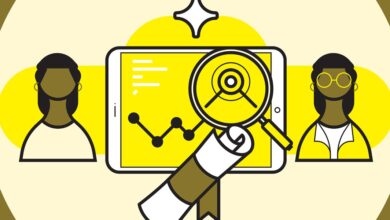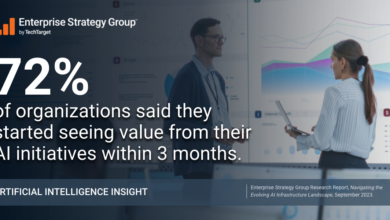Why is Data as a Product (DaaP) a Vital Pivot for Businesses?

“Everyone uses data in the form of analytics dashboards, storage or transfer, but how do you look at data as a product? How can you benefit from it? How do you monetise it?” asked PayU data and ML engineering director Praveen Singh, during AIM’s Data Engineering Summit (DES) 2024.
This is particularly interesting, considering how issues due to poor datasets have become increasingly prevalent, for example, Google’s use of Reddit API leading to some strange responses.
Singh spoke about data as a product, or DaaP for short. “According to IBM, data as a product is an approach in data management and analytics, where datasets are treated as standalone products designed, built and maintained with the end user in mind,” he explained.
Basically looking at data not just as a tool for analytics, but looking at the datasets that come from these platforms as a product in and of itself.
“Traditional data management focuses on storage, retrieval, and getting value from the data, with its own lifecycle and infrastructure.
“Whereas if you see data as a product, the benefit is that you could also ensure the overall lifecycle including the data quality, accessibility and usability, leading to better decision making and overall strategic advantage,” he said.
In this regard, Singh explained several ways to refine datasets, improving both accessibility and interpretability. This, he said, would help make datasets more reliable for the consumer.
This is where AI and machine learning come in. “At each stage of the DaaP foundation, the idea at the next level is to apply GenAI and LLMs so that you can get improvements at each stage,” he said.
This means that GenAI can be applied to the data at the search, discovery and analytics stage. Further, Singh said that the aim for software management and data analytics should always be to move towards the DaaP methodology. This, he emphasised, can help provide a more holistic product as well as more benefits for the end user.
Some of the important aspects he mentioned for DaaP was that the data should be of good quality, in terms of being complete up-to-date, and reliable. Another important aspect is the usability of the data, meaning that the data should be accessible, understandable and usable by the intended stakeholders.
“If the source’s data quality is not fit or standardised, I will never be able to rely upon the overall metrics that I’m presenting,” he said.



